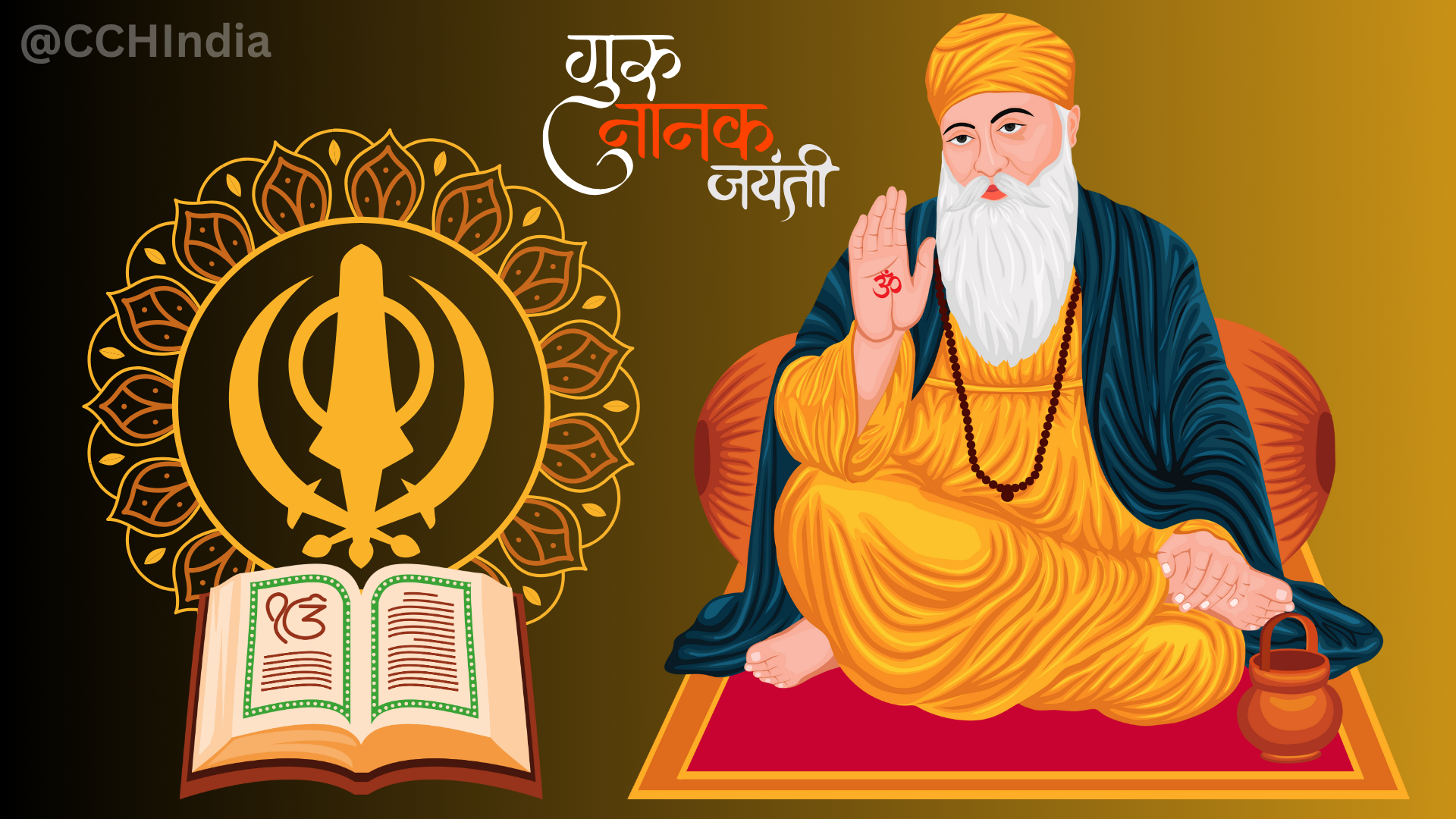Delhi Government’s Push to Clean the Yamuna: Between Promises and Reality
A raw, personal take on Delhi and Centre’s initiatives to clean the Yamuna — STPs, e-flow, surveys, and the real challenges Delhiites see every day.

Eco-Friendly Ganesha Idols during Ganesh Chaturthi is moving a step towards environmental consciousness and sustainability.
In recent years, there has been a growing trend of people opting for eco-friendly clay Ganesha idols during Ganesh Chaturthi celebrations. This shift has been largely driven by environmental awareness and concerns about the impact of idols made from non-biodegradable materials. The adoption of clay idols, which dissolve easily in water is a positive step toward sustainable celebrations.
Here are some key reasons why people are increasingly choosing clay Ganesha idols.
Over the past couple of decades, there has been a fast paced consumerization which had put sustainable practices on a back seat. Ganesha idols more often than not are made from Plaster of Paris (PoP), which is non-biodegradable material and contains harmful chemicals. Many paints that are being used to decorate the idols are also poisonous and harmful. When the Ganesha idols are immersed in water bodies during Visarjan, they do not dissolve easily, the chemicals contaminate water, harming aquatic life and affecting water quality.
Clay Ganesha idols, on the other hand, are made from natural materials that dissolve quickly in water without releasing harmful substances. This helps in minimizing water pollution, making the immersion process environment friendly.
Clay is a naturally occurring material that is fully biodegradable. When clay idols are immersed in water, they break down easily, getting back into the ecosystem. This promotes sustainable use of resources, aligning with the growing need of eco-consciousness.
The choice of clay idols encourages eco-friendly practices in other aspects as well, such as use of organic colors and natural decorations. This contributes to a broader movement toward green festivals and sustainable living.
Various government bodies, environmental organizations, and NGOs have been running awareness campaigns promoting the use of eco-friendly clay Ganesha idols. These campaigns highlight the negative environmental impact of PoP idols and advocate for sustainable alternatives. They have successfully influenced public opinion, leading to an increase in the demand for clay idols.
Social media platforms and news outlets have played a significant role in spreading awareness about the benefits of using clay idols. Influencers, celebrities, and environmental activists often share messages about adopting eco-friendly practices, which resonates with the environmentally conscious audience.
The use of clay Ganesha idols aligns with the Hindu principle of “Prakriti Vandan,” or respect for nature. Historically, Ganesha idols were always made from natural clay, as it was considered to symbolize purity and a connection with the Earth. In many cultures, clay is seen as a sacred material that has spiritual significance. The return to using clay idols is, in a way, a revival of traditional practices, bringing the festival back to its roots.
PoP idols are often painted with synthetic colors that contain toxic substances such as lead and mercury. These chemicals not only pollute the environment but also pose health risks to those involved in the idol-making process and those who come in contact with the idols during immersion.
Clay idols are usually painted with organic or natural colors, reducing the risk of chemical exposure. The use of non-toxic, biodegradable materials makes the entire celebration safer for both people and the environment.
The growing demand for clay idols has provided an economic boost to local artisans who craft these eco-friendly idols using traditional techniques. This shift supports the livelihoods of small-scale craftsmen and encourages the preservation of indigenous skills, promoting fair trade and sustainable development.
Many companies and organizations have also taken up the cause of promoting eco-friendly Ganesha idols as part of their CSR initiatives. By supporting the distribution of clay idols, these entities contribute to both environmental and social welfare.
Clay Ganesha idols are often handcrafted by skilled artisans, and the artistic beauty and attention to detail in these idols can be more appealing than mass-produced PoP idols which look similar and have little aesthetic appeal. Many people appreciate the unique designs, natural colors, and traditional charm that come with handmade clay idols. Clay idols can even be customized according to the size and aesthetic preferences of families and communities, adding a personal touch to the festival’s celebrations.
Many people prefer to design and mould their own Ganesha using earthen clay. This trend is catching up adding personal touch to the Ganesha idols.
The shift toward using clay Ganesha idols reflects a growing awareness of environmental sustainability, cultural revival, and social responsibility. As concerns about water pollution and harmful chemicals continue to rise, more people are adopting eco-friendly alternatives to celebrate Ganesh Chaturthi in a manner that honours both tradition and nature. This trend not only helps in protecting the environment but also promotes healthier, more conscious celebrations that benefit society as a whole.

A raw, personal take on Delhi and Centre’s initiatives to clean the Yamuna — STPs, e-flow, surveys, and the real challenges Delhiites see every day.

"Pro-planet people" are individuals who actively adopt and promote a lifestyle that is sustainable and in harmony with the environment.

In India, Central Pollution Control Board, under the Ministry of Environment, Forest and Climate is responsible devising and implementing rules and regulations to manage, reduce and recycle electrical and electronic waste in the country.

Celebrate Guru Nanak Jayanti 2025 with inspiring wishes, quotes, and messages that reflect the divine teachings of Guru Nanak Dev Ji.

